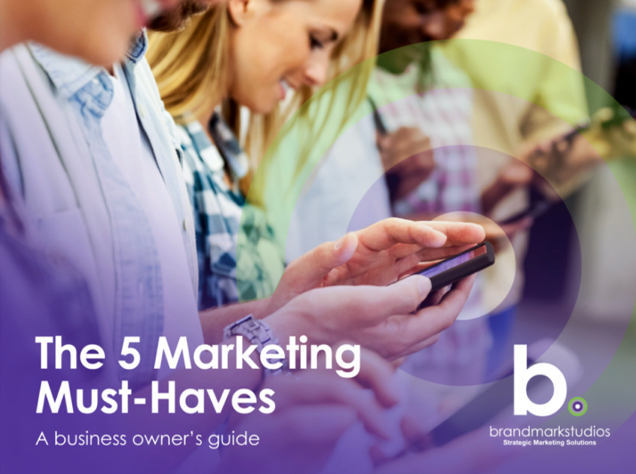This is huge news for online marketers, as Google Chrome holds the majority of browser market share and holds the most information, or “power”, when it comes to consumer data. Removing third-party cookies, which have been a robust tool for online marketers, will change the online marketing landscape, and companies will need to be prepared to pivot when Google finishes its phase-out.
What Are Third-Party Cookies?
Third-party cookies track users’ browsing history as they move from website to website. Websites and online advertisers use information from third-party cookies to create more personalized advertising experiences for users. The catch with third-party cookies is that they aren’t placed by the website you’re visiting. Instead, a third party (usually an advertiser) collects information on your visit to another site and uses that information to build a robust consumer profile and then deliver ads based on your online behavior, interests, purchases, and preferences - “a customized ad experience”.
What Does Google Topics Do?
Google isn’t completely throwing out customer profiles. First-party cookies will still be around, and Google is also rolling out a new system called “Topics.”
Topics analyzes a user’s browser history to determine a set of five topics that an individual is interested in. Using a set of 350 interest categories, Google will assign each user five categories, plus one random one. Each week, Google will share these categories with the websites that users have visited, and the information can be used to create targeted ads. However the data collection is designed to expire - after three weeks, all the data is deleted.
Topics are less ideal for marketers. While 350 categories may sound wide-ranging, it’s actually quite a narrow selection. With so few categories, topics are broadly defined, and marketers won’t be able to get as much detail as they previously could. It’s also not a total win for privacy at Google, either.
What are First Party Cookies?
In short, first-party cookies are stored directly by the website (or domain) visited. They consist of data that allows website owners to collect analytics, recall language settings, and perform other useful functions that provide a good user experience. The domain host can see the data that the cookie retrieves. First-party cookies can typically only track a user’s activity on the website it was coded to. They include items such as login credentials, language preference or shopping cart items that remain in the cart unpurchased.
Getting Ready for the Death of Third-Party Cookies
The “death of the third-party cookie” does not mean it’s the end of effective, personalized digital advertising. There are other tools to implement a personalized ad strategy, but planning ahead is key. Here’s how you can get started.
First-Party Cookies Are Your Friend
Take advantage of your proprietary first-party cookies. They can be instrumental when creating a personalized ad strategy. Start building up your own first-party data collection to develop in-depth profiles of the customers who visit your site. Then, tailor their experience on your website by offering targeted content related to their interests that keep them on your site for longer.
Stay Updated
The terrain for online advertising is constantly changing and evolving. One of the best things you can do right now is to stay informed, keep your practices up to date and make sure you have someone on your team dedicated to monitoring all the latest developments. Attention to the shifting landscape and having sufficient resources to follow it, make recommendations and implement them will give online advertisers a competitive advantage.
Get Back to Basics
Before cookies were around, there were still effective ways of reaching your target audience through customized online ads. Contextual advertising allows companies to run ads on websites that rank for keywords similar to your target. This old-school trick can be a great way to circumnavigate the death of the third-party cookie. Regular keyword tracking and mapping continues to be essential.
Start Innovating
Digital advertising is a landscape of innovation, and it’s possible that the next big thing is still out there, just waiting to be born! Set up regular brainstorming sessions with your team to see if you can figure out the next big trend in identifying consumer behavior or in online advertising. Getting ahead of it could be just the key you need to achieve digital marketing success.





